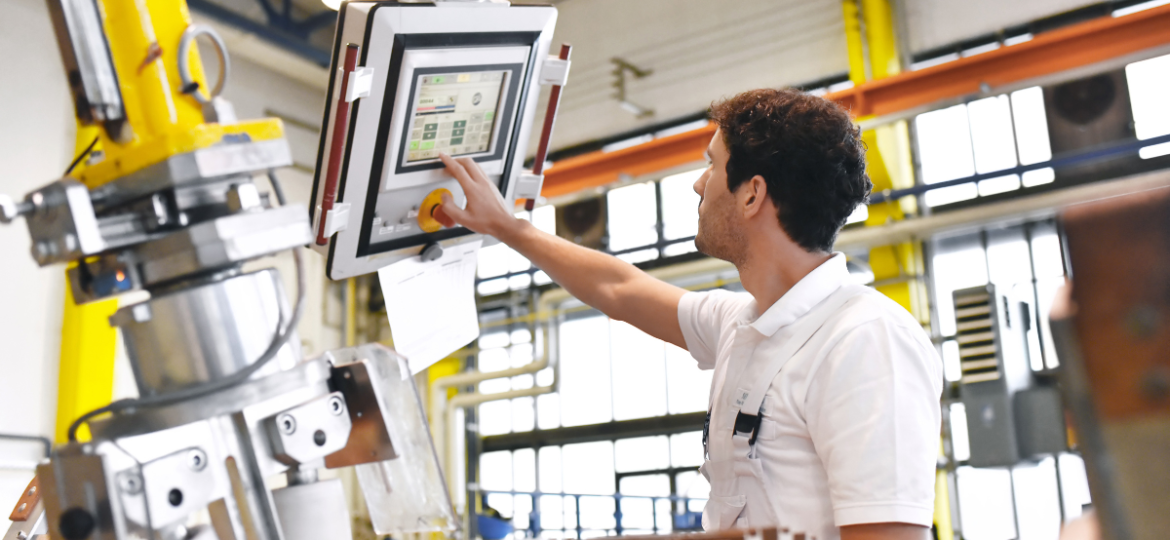
Top Secret: How Elastic Helps the Manufacturing Industry
Preliminary Disclaimer: The title “top secret” can be interpreted in various ways. To clarify, we will not be sharing any confidential information from clients or prospects. Instead, we will highlight a number of exceptional and highly valuable use cases that can also be achieved with Elastic. Since most people are not aware that all this can be done with Elastic, we use the title “top secret.”
The Problem Statement
A PLC (Programmable Logic Controller) is an electronic device specially designed for controlling production machines and industrial processes. It forms a crucial part of the production environment. Managing the enormous amount of logs and data from multiple PLCs spread across a large factory can be a significant challenge.
